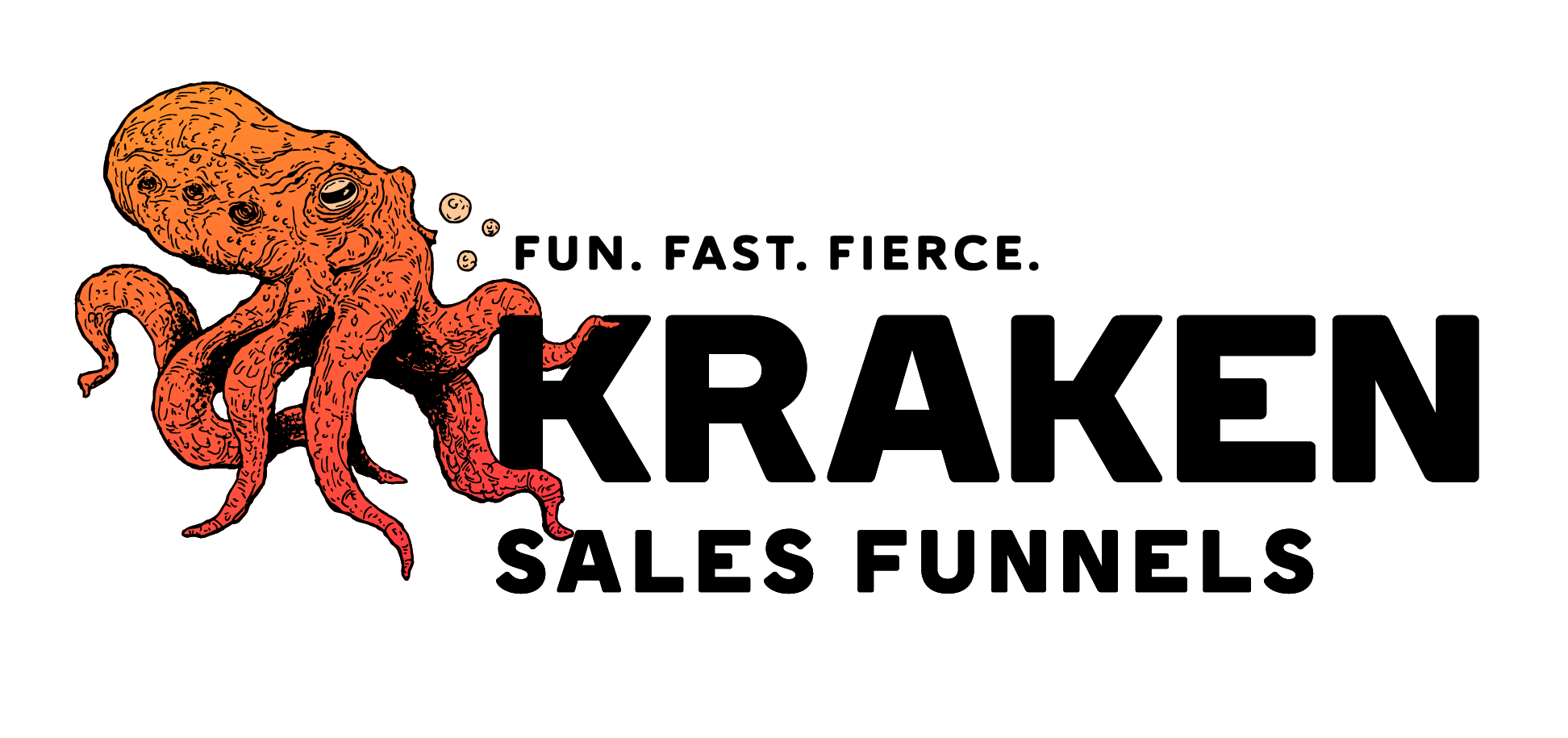Marketing in 2022 isn’t as simple as it was 30 years ago. Gone are the days of door-to-door salespeople, catalogs, and advertising in the Yellow Pages. Now, sales strategy involves a little more finesse and likely includes some version of cold calling or email campaigns. But what are these marketing methods? Is one more effective than the other? Is there a better option?
What are cold calling and cold emailing?
If you own a phone, you’ve likely been on the receiving end of a cold call. An unknown number calls, and you’re greeted by a cheerful salesperson asking for “just a few minutes of your time.”
At its essence, cold calling is calling an individual who has not yet expressed interest in your product or service to get them to purchase something or set up an appointment.
Cold emailing is the same concept. However, this contact comes as an email instead of a phone call.
Many people wonder which of these strategies is more effective. Some swear by the old-school cold calling method, while others insist on the power of email.
The cold emailing vs. cold calling debate has been around for decades and leaves many business owners feeling lost, confused, and overwhelmed. It’s time to settle the dispute once and for all. What’s better, emailing or cold calling?

Cold emailing vs. cold calling
Effectiveness:
Cold calling:
According to a cold calling study by Dale Lampertz, a Lecturer in Marketing at Baylor University’s Hankamer School of Business, “one out of every 59 calls answered resulted in either an appointment or referral.”
Cold calling allows the salesperson to adjust their strategy depending on the prospect’s response and can lead to a more dynamic conversation with immediate feedback.
However, many people are so annoyed, irritated, or even infuriated when they receive a cold call that they immediately hang up and want nothing to do with your business.
Cold emailing:
People will often trust emails more than phone calls. Decades of pushy salespeople, scams, and (more recently) robocalls have led the general public to be skeptical toward phone-driven sales, especially cold calling.
If your email makes it past spam filters, there’s a chance it will be opened, which is half the battle. Once your lead has opened the email, you can wow them with great content, stunning graphics, and moving testimonials.
Of course, that doesn’t mean that every email will be opened. The average open rate of cold emails is around 20%. That’s still a good return on investment, but not everyone who opens the email will become a customer.

Time:
Cold calling:
Cold calling doesn’t require an email strategy; persuasive copy; well-designed, meticulously-planned subject lines; or even a website. In fact, to start cold calling, all you need is a salesperson and something to sell.
Past that, cold calling is a serious time drain. According to the Linkedin report, it takes an average of 18 calls to connect with a buyer. This is a lot of time that salespeople could dedicate to pursuing warm leads.
Cold emailing:
Regarding the time factor, there’s a clear winner in the cold emailing vs. cold calling debate. Once you design an email campaign, you remove the human element from the equation. This means that salespeople can spend time pursuing warm leads while your automated emails do the work of bringing prospects in from the cold.
Remember, maintaining a good online presence, developing an email strategy, and collecting leads still takes time. However, it is much less of a resource drain than cold calling.
Cost:
Cold calling
Many salespeople work on commission — they will be more motivated to make more sales as it will make them (and the company) more money. In this respect, cold calling could be beneficial as it often leads to a more immediate sale.
Salespeople do require a salary, however. Adding to your cold calling sales team may increase your reach, but it will also increase your expense.
Cold emailing
The beauty of cold emailing is that it is immensely scalable and totally automated. When done correctly, sending thousands of emails to lead lists is a cost-effective marketing strategy. In fact, reports suggest that the average ROI (return on investment) for email marketing is $38 for every $1 spent. That’s a whopping 3,800%.
The return on investment is only as good as the content you’re sending out, though. After all, what is the point of a cold email if you aren’t getting any sales? Plus, sending out too many emails without an effective strategy could push your emails directly to spam.
The answer
You might be wondering, how does all of this information settle the debate? The truth is, it doesn’t. Neither strategy is 100% effective in isolation. Cold emailing and calling are a shot in the dark. Sure, you might hit something, but it’s probably not the target.
The best, most effective approach to marketing involves a unique blend of both.

The Kraken Sales Prospecting Process
At Kraken Sales Funnels, we have developed a unique process that takes email leads, curated from LinkedIn Sales Navigator, on a journey — right to your front door. Instead of the “shot in the dark” method of standard cold emailing that leaves leads out to dry, we follow up with the decision maker — getting in touch and creating a relational human-to-human experience.
Our powerful sales campaign strategy utilizes email and LinkedIn to identify interest before calling the decision maker. These are not cold calls but “warm calls.” The purpose of the call is to get the prospect to book an appointment with you so that all you have to do is show up and close the deal.



